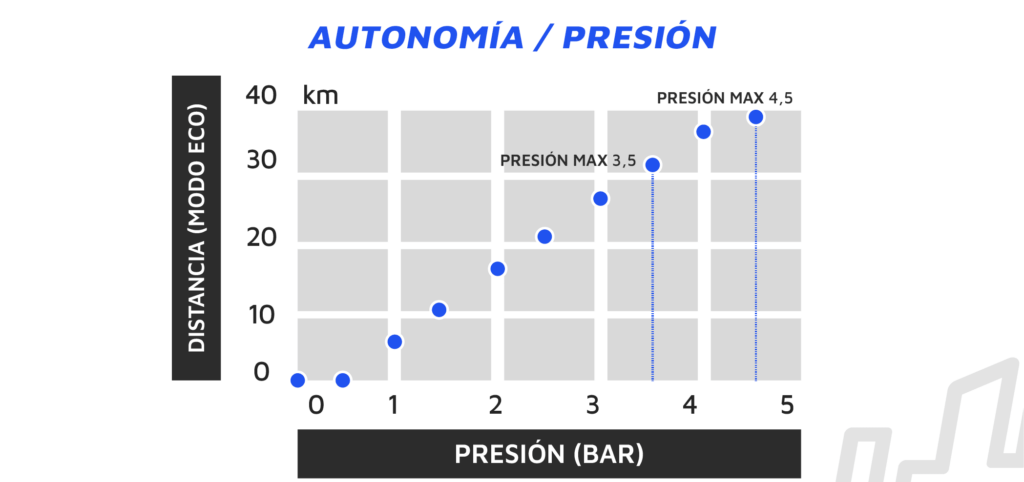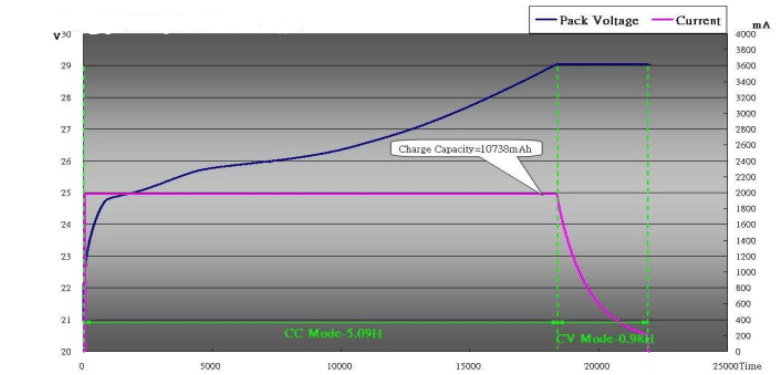There are many factors that can influence the autonomy of the battery in an electric bike. We want to explain each of them so you can get the most out of it.
1- Flat tires greatly reduce the bike’s range and increase the chances of a flat tire.
Check tire inflation before each sale/return due to a problem of autonomy and insist on the importance of tire inflation:
City / Trekking of 26″ or 28″ = optimum 4.5 BAR
Folding of 20″ = optimum 3.5 BAR
27.5″ or 29″ coaster= optimum 1.8/2.0 BAR
An overloaded bike will decrease the autonomy of the bike. And if the user does not exert enough force on the pedals, the autonomy will be reduced (pedal sensor, bottom bracket rotation).
The autonomy will be reduced on routes with steep slopes.
Autonomy will be reduced by the cold. Optimum temperature = 25°C
A bad brake adjustment has a great influence on a bike’s range.
Batteries: combination of cells.
Finding the right power / autonomy compromise for good cell association:
Parallel mounting increases capacity (Ah)
Series mounting increases voltage (V)
Storage
- Store in a dry place between +10°C and +25°C.
- Recharge at least every 3 months.
- Do not store it discharged (last LED blinking).
- If stored for a long period, put the battery in sleep mode.
Sleep mode
- In case of prolonged storage without the need for recharging and without affecting the battery capacity:
- Press the battery button for 10 seconds.
- Connect the battery to its charger to wake it up.
Our VAE chargers are intelligent, the current decreases progressively to reach the maximum capacity of the battery and guarantee its useful life. The charger can remain connected for 12 hours, once the charge is finished, the charger will not send any more current.
*Our VAE chargers are intelligent, the current decreases progressively to reach the maximum capacity of the battery and guarantee its useful life.
The charger can remain connected for 12 hours, once charging is finished, the charger will not send any more current.









